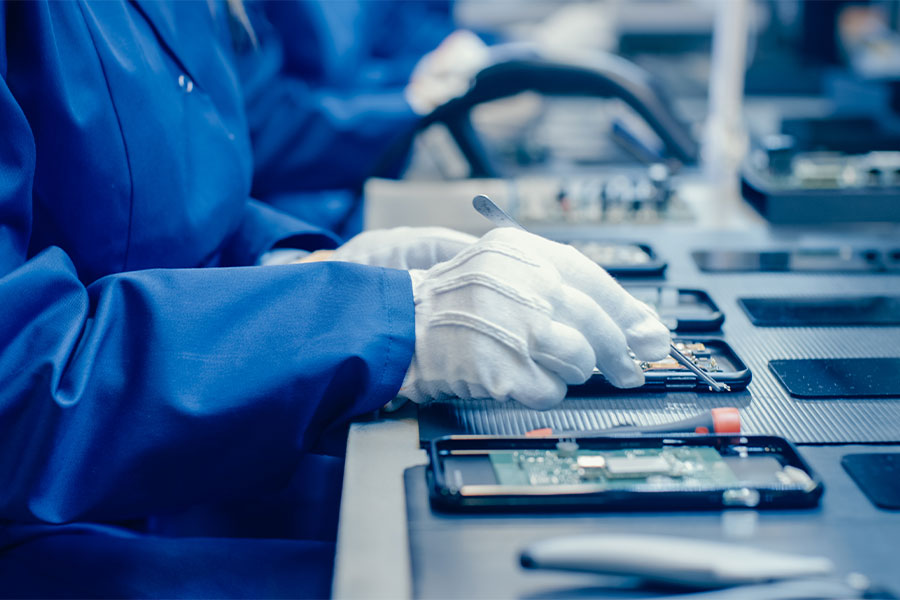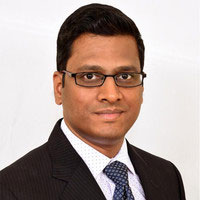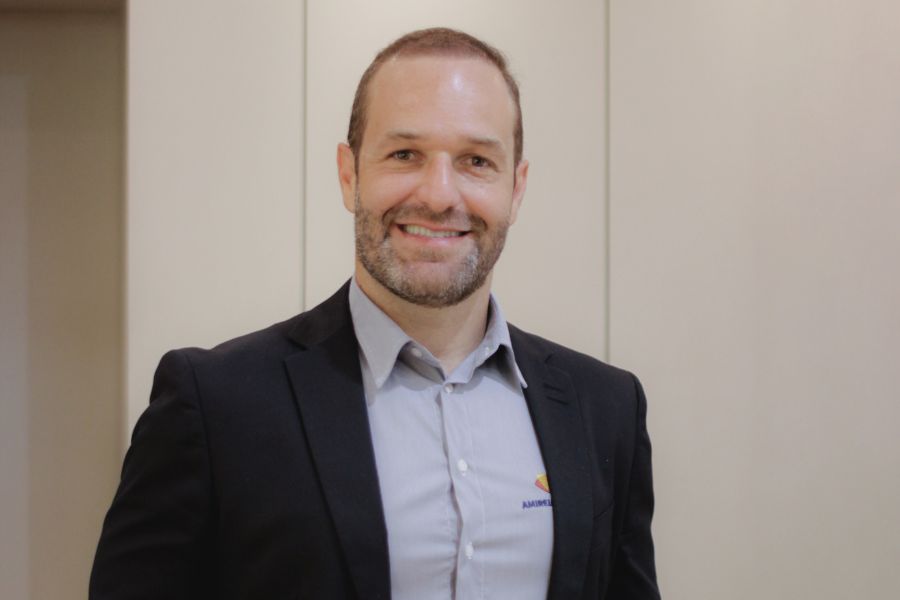DESH is a welcome step, as a lot of electronics manufacturing is coming to India
Sasikumar Gendham, MD, Salcomp India, believes that India is at the cusp of unprecedented opportunity as global companies are looking at manufacturing footprint beyond China, very seriously. In fact, Salcomp is witnessing significant enquiries like never before. He feels that the DESH Scheme, with its core focus on maximizing efficiencies and competitiveness, can be a great facilitator in leveraging this opportunity.

Image credit: shutterstock
Salcomp is the market leader in smart phone chargers, and provides power supplies for mobile and other electronic devices. It also produces IoT sensors based on Wirepas Mesh wireless connectivity technology, which enables scalable, reliable, and cost efficient IoT solutions, as well as precision structural parts and modules, 5G RF parts and magnetic materials. We have a cumulative production volume of 4 billion chargers and an annual global capacity of over 400 million pieces.
The company has been in India for the last 15 years and operated in an SEZ since the beginning, exporting most of our production. We have produced close to a billion charges in this country over the last 15 years, so it’s a very large-scale operation. Even through the pandemic, the governments have been very proactive, in ensuring that our operations were successful during that period. And I have to admit that most of the new businesses we were able to create were during the pandemic. Be it getting machineries, having them installed, getting all the products qualified; all of that happened during the pandemic. So the pandemic at least provided a great opportunity for us from a business perspective. But that’s mainly for exports.
“Even through the pandemic, the governments have been very proactive, in ensuring that our operations were successful during that period. And I have to admit that most of the new businesses we were able to create were during the pandemic.”
We went through a major turning point in 2016 when supplying manufacturing chargers from an SEZ to a DTA was taxed at 20%. But when you supply from a DTA, there wasn’t any tax. At the same time, when you import from an FTA zone, you pay 5%. So the same product, which is Made in India, attracts 20% from an SEZ. But when imported, it attracts only 5%. So, of course, there was a big anomaly at that point.
Consequently, we were forced to go out of the SEZ and move to a DTA zone. And that’s how our Noida factory was born. Today, we have customers who are supplying both for the export market as well as for the domestic market. We have the necessary capacities – it’s the same line and product that you need to produce both for the domestic and the export market. But today, by law, we are forced to have two separate factories with a big fence separating them. Investments have doubled, though there is no need for that. Capacity utilization is not at its best, and that has a severe impact on competitiveness.
From that point of view, we are extremely glad that the new DESH draft is being thought out, so that we can have a homogeneous scheme. Under this proposed scheme, we can operate for both sets of customers and optimize our investments. Salcomp had just about 3,000 people initially; but today, we almost employ 10,000 people, of whom 90% are women employees. And we also took over the Nokia facility – the whole campus is acquired by Salcomp. Our vision is to go to 25,000 people in the next one year. For a company of our scale, we have to hit the billion-dollar mark and go beyond that.
A lot of support is needed from the government when it comes to seamlessly moving between factories – SEZs to DTAs, of course with all the taxes being calculated and paid as it’s supposed to be. All that we expect is flexibility to be able to compete in the global arena. At present, we are not just competing with China anymore; we are rather competing with Vietnam. When things are moving out of China, they are going directly to only two countries – India and Vietnam. A lot of electronics manufacturing is coming to India, but we have to get our act right, to be able to capture this opportunity on hand.
“At present, we are not just competing with China anymore; we are rather competing with Vietnam. When things are moving out of China, they are going directly to only two countries – India and Vietnam.”
The DESH scheme has taken into account most of the problems we have been talking about, like the physical differences between SEZs and DTAs. And the core focus is about improving efficiency, utilizing capacities, and then gaining competitiveness. And then there is the question of net foreign exchange (NFE). Achieving the NFE criteria was one of the biggest challenges that all of us faced and we’re glad that this is going to more or less go away.
All we expect is to have seamless transactions between SEZ and DTA, so that we can use the capacities as much as we can. And the second thing is that most of the SEZs have now been notified as multi-sector. But there is still this ‘50 hectares’ minimum requirement. I think that has to be out as well, because that’s not serving in any interest going forward. And the third point is utilizing the common facilities. The electronics industry entails very high investments in testing and approval points. So we need to have one facility that we can use for both SEZs and DTAs and move forward with that.
Today, just about 25% of our global revenues are coming from India, but at least more than 60% of people are located in India. We want to have almost 70 plus percentage of our revenues to be coming out from this country.
China has been able to achieve massive growth by having people in the campus. India is not used to that kind of concept. People still commute to work. But going forward, if we have to recruit 25,000 people on campus, it is not possible to operate, say 500 buses on the road. So we will need hostels or dormitory facilities. Again I would request that we can have seamless deployment of these resources, whether for SEZ or DTA operations.
Fiscal incentives are a separate issue altogether. I would like to place greater emphasis on the basic fundamentals that we need to fix to keep operations at the highest efficiencies possible, as we are competing with nations such as Vietnam today. Ease of doing business is going to be the biggest ask. Today, just about 25% of our global revenues are coming from India, but at least more than 60% of people are located in India. We want to have almost 70 plus percentage of our revenues to be coming out from this country. That is a very bright possibility and we are all working towards that. In that direction, I am positive that the DESH Scheme will be a big enabler.

Sasikumar Gendham is MD, Salcomp Manufacturing India Pvt Ltd. Views expressed are personal.













Leave a comment